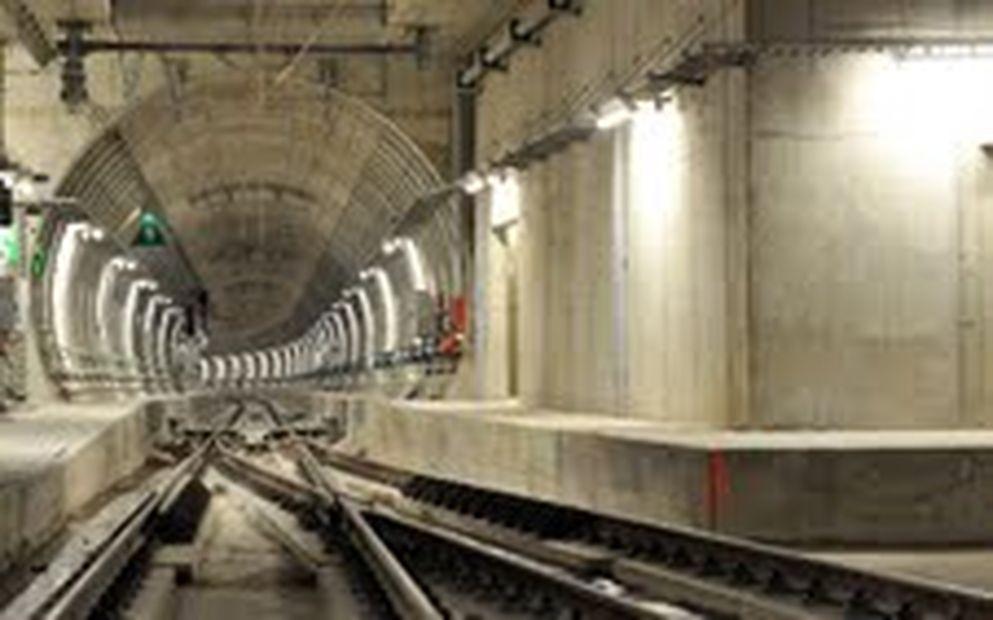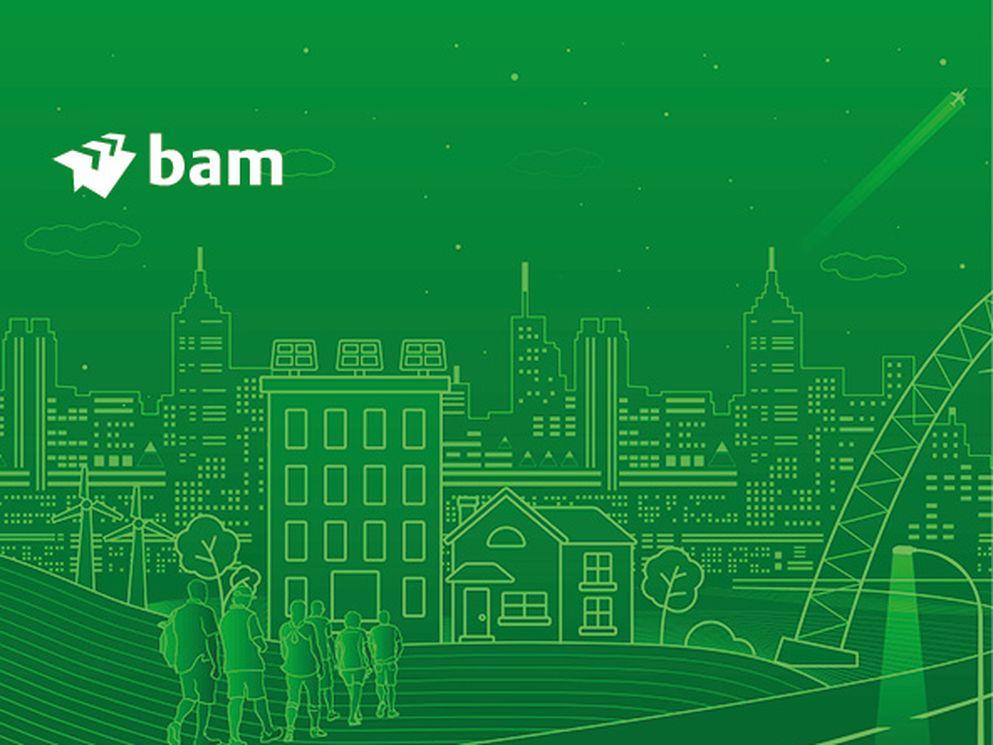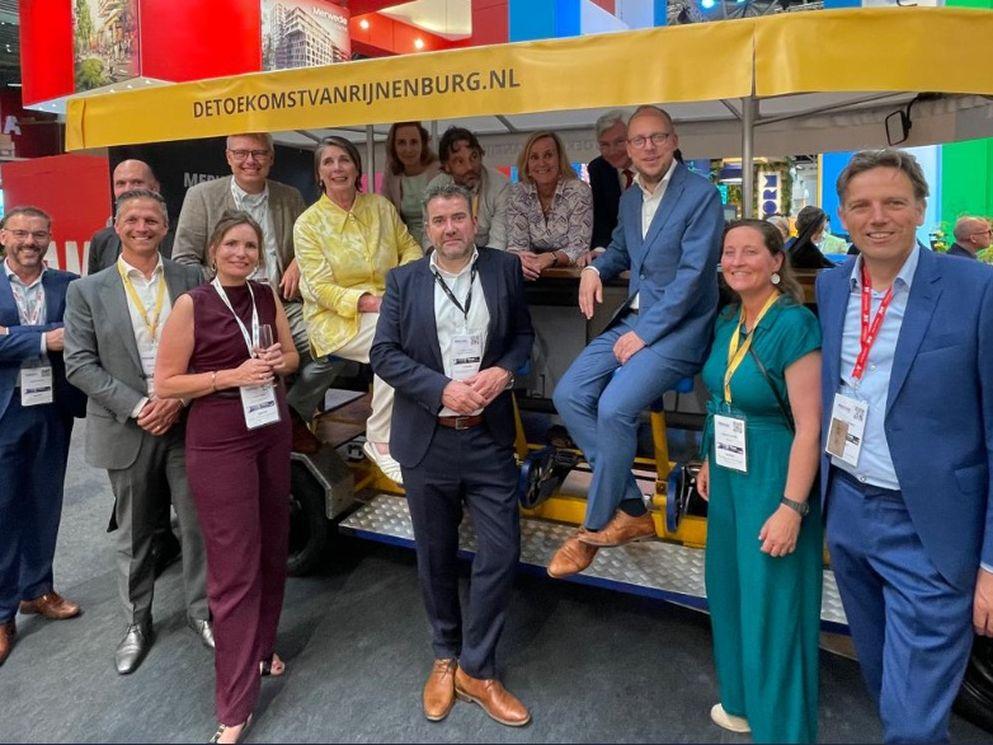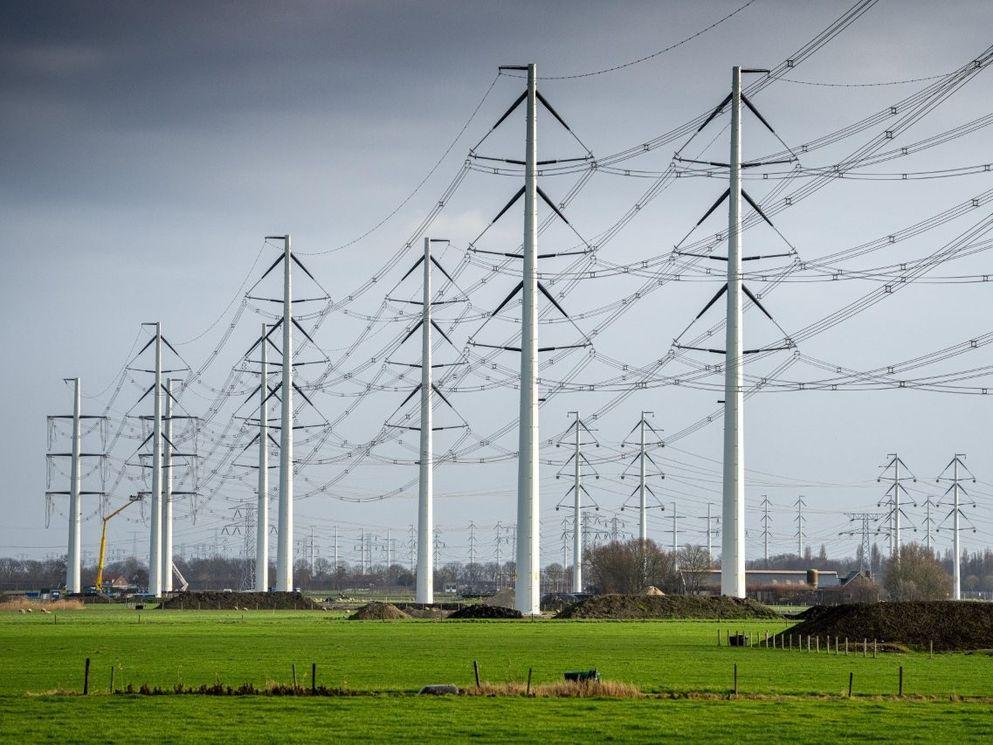Diabolo, northern rail link for Brussels Airport

(Press release Infrabel:) Brussels, Belgium – 6/7 June 2012 - On Sunday 10 June, Infrabel will make the new Diabolo railway infrastructure available to the railway operators. The date also marks the commercial commissioning of the northern railway access to Brussels Airport for passengers. Diabolo is a strategic railway link for the Airport and Brussels, with connections to domestic and international railway corridors.
The Diabolo is the (underground) railway connection between Brussels-National-Airport station and the new dual-track railway line Schaerbeek – Mechelen (L.25N) along the central reservation of the E19 motorway. This northern link in the railway axis Antwerp – Mechelen – Brussels constitutes the next important step in improved access of Brussels Airport by rail. From Mechelen it will now take about 10 minutes to get to the Airport by rail; from Antwerp around 30 minutes - either way, it is a 30 minute gain as compared to current travel times.
The first step was building the Nossegem curve (two tracks of about 1 km), the eastern rail link in the axis Liege - Limburg - Leuven that was taken into operation on 11 December 2005. The curve saves passengers from Flemish and Walloon Brabant, Limburg and Liege between 15 and 40 minutes in travel time to and from the airport. The combined northern and eastern access constitutes the Diabolo, which is named after the toy with the same name.
Thanks to Diabolo, Brussels Airport will be directly connected with the major axes of the Belgian network and with several European cities, via the international axes Amsterdam - Antwerp - Brussels - Paris and Frankfurt – Liege – Brussels – Paris. After completion of the Belgian high-speed network, which since 8 December 2009 has been in service from border to border (in the direction of France, Germany and the Netherlands and in the direction of Great Britain through the Eurotunnel), Belgium once again has strategically positioned itself at the centre of Europe.
Diabolo: an essential link within Infrabel’s strategy
Diabolo and the Nossegem railway curve fit into Infrabel's step-by-step strategy of progressively and sustainably increasing the safety, punctuality and capacity on the Belgian railway network via well-thought out investments.
Other railway infrastructure that benefits the accessibility from and to the Airport include the four-track line at the strategic railway axis Brussels – Leuven as well as the Leuven railway bridge providing direct and quicker connections from Limburg and Flemish Brabant in the direction of Brussels. Both were taken into service officially on 1 December 2006.
This 'Air Rail' strategy towards intermodal enhancement of the connection between air and rail traffic enables Brussels Airport to grow into one of the best connected airports by rail in the whole of Europe as well as worldwide. Diabolo furthermore stimulates the development of the airport into one of the key economic industry hubs in Belgium.


Diabolo: a model example of Public-Private Partnership
Diabolo marks a first for the Belgian railways because it is the first public-private partnership in the rail sector to be completed. The financial closing and granting of the building contract - according to a BDFT agreement (Design, Build, Finance and Transfer) - took place on 28 September 2007 and included transfer of the building and demand-related risks to the private investor.
The project company, Northern Diabolo NV, consists of the investors HSH Nordbank AG and International Public Partnership GP Ltd (the former Babcock & Brown Group). The contract for the actual building works was granted to the building consortium THV DIALINK, which consists of CEI-De Meyer, MBG, Wayss & Freytag Ingenieurbau, VINCI Construction Grands Projets and Smet Tunnelling.
The total investment for Diabolo amounts to 678 million euros (at 2012 price level) and includes works financed with private investment in the PPP as well as with public investment (Infrabel). The European Union contributed 15 million euros for construction of the Schaerbeek – Mechelen railway line (= part of the public investment). Through Northern Diabolo NV, the private partner financed construction of the underground rail connection for a fixed amount of 290 million euros.
By means of the government grant, Infrabel invested 388 million euros (at 2012 price level) in the Schaerbeek – Mechelen overground railway line and the railways works and additional works for the underground route. This investment amout also includes effects of the price indexation through inflation of the original estimates of 2004. In addition, it also includes the necessary additional works to completely connect the Diabolo to the existing railway network.
The PPP Diabolo, which was awarded the 'Transport Deal of the Year 2007' prize by the British magazine PFI, is a model example for other public-private partnerships in Belgium and Europe, including the Liefkenshoek rail link in the Port of Antwerp, which constitutes Infrabel's second successful PPP.
Diabolo: tunnel boring works underneath the airport domain
Without a doubt, the most spectacular part of the Diabolo project was the computer- and laser-driven boring of the two single-track tunnel shafts at 16.5 metres below the key runways of Brussels Airport. Using a tunnel boring machine ('Hydro Mix shield') of 66 metres long, both 1.07 km long tunnels were excavated separately, ensuring that air traffic was not hindered during the works. The German company Herrenknecht delivered two boring shields (Danté and Niña) that carried out approx. 13 metres of excavation works per day.
At the airport site, Infrabel connected the tunnels to a new underground rail and switching complex at Pier A. This forms part of the entirely renovated Brussels-National-Airport station, which consists of three modern and extended platforms (each measuring 425 metres) for the purpose of enabling optimum management of international trains and all passengers in the new reception infrastructure.
The connection with the new railway line along the E19’s central reservation was realised through two underground branch lines and access slopes. The total length of the Diabolo (from the airport platform to the branch line in Machelen) measures 4 km as regards the branch towards Brussels and 3.4 km as regards the branch towards Antwerp, the latter being shorter due to its shorter slope.
Diabolo: a new railway line alongside the E19 motorway
On 2 July 2007, Infrabel started the works on the railway line Schaerbeek - Mechelen. First, however, as a permanent remembrance of the lost children, the Witte Kinderbos (White Child Forest) was given a new, permanent destination at the Hoogveld and Tangebeek forest in Vilvoorde. After the former Witte Kinderbos was cut down, the roadbed for L.25N was installed on the central reservation of the E19 motorway.
On the 17 km long route between Schaerbeek (Albert Bridge) and Mechelen (Abeelstraat), Infrabel modified and carried out safety works on seven bridges in view of the passage of trains. In Zemst (near Mechelen) L.25N leaves the central reservation via a 150 m long viaduct over the E19, and subsequently connects with the existing rail track towards Mechelen and Antwerp.
The connection with Brussels was realised by building three new viaducts close to Haren en Schaerbeek, where the L.25N connects with the existing rail yard. The most spectacular work, however, is the Iris viaduct (820 metres long and 20 metres high), connecting the Woluwelaan viaduct with the G viaduct.
After the construction works, early 2010 TUC RAIL (Infrabel's design office for railway technology) was able to start the phased railway works, using long-welded rails fabricated according to the ISO-9001 standard at the largest railway workshop in Belgium, i.e. Schaerbeek. These works were followed by the catenary and signalling equipment works on the entire railway route of Diabolo and the railway line Schaerbeek - Mechelen.
Diabolo: safety, the number one priority
Early 2012, Infrabel started testing the new railway infrastructure of the Diabolo and Line 25N, for which it used, among other things, its brand new ETCS test train. These tests were the necessary and last step in obtaining approval (in late May) for making Diabolo operational from the Service for Safety and Interoperability (DVIS) and for obtaining certification from the independent body Belgorail.
In accordance with its safety strategy and ETCS Master Plan, Infrabel has immediately installed the European signalling system ETCS (level 1) on the new railway infrastructure of the Diabolo and the Line 25N. The Diabolo railway tunnels and the aboveground railway line are also equipped with the digital communication network GSM-R (GSM for Railways).
In terms of safety, the Diabolo railway infrastructure will be equipped with safeguards such as a fire detection system (heat sensors, automatic location detection, camera surveillance), an evacuation system (including a smoke and heat removal system) and foam extinguisher pipes. The control room at Antwerpen-Centraal closely monitors these systems and is connected with the local control room at the airport building.
Furthermore, the Diabolo railway tunnel includes pedestrian walkways, access routes and shafts for emergency services, as well as evacuation shafts (6) and transverse connections (2). Infrabel tested these installations as well as its emergency and intervention plan together with all the partners and the emergency services during a large-scale exercise on 24 May last.
Diabolo: official opening and commissioning
On Thursday 7 June, HRH King Albert II will officially open the new Diabolo railway complex in the presence of, among others, the Prime Minister Elio Di Rupo, the Minister of Public Enterprises Paul Magnette and the State Secretary for Mobility, Melchior Wathelet. Other attendees will include the CEOs and representatives of all the partners (Northern Diabolo NV, Infrabel, SNCB, SNCB Holding, Thalys, TUC RAIL, THV DIALINK, Eurostation, The Brussels Airport Company, the European Union).
After the Event for the Public on Saturday 9 June, train passengers will from Sunday 10 June onwards be able to travel directly and faster to and from the renovated Brussels-National-Airport station thanks to the new Diabolo links and this day also marks the commercial commissioning of the Diabolo.
Diabolo: next step in optimising mobility
With the commissioning of Diabolo, Infrabel progressively increases not only the access from and to Brussels Airport, but also the capacity on the Belgian railway network to the benefit of its customers. In addition, the Belgian railway infrastructure manager works on phased realisation of two other 'airport connected' railway projects.
In the northern area, Infrabel will be constructing a railway bypass for delivery by 2016, which will connect to Line 25N and Diabolo. The goal is to further increase capacity on the strategic connection Brussels - Antwerp - the Netherlands. Infrabel also plans to build two additional tracks and two new platforms at the back of Mechelen station, which tie in with the Mechelen Station Surroundings Master Plan.
This rail bypass is also vital for the Regional Express Network or RER (horizon 2020), which will contribute to a significant improvement of mobility in and around our capital. An important link in this frame is the future railway link Watermael-Schuman-Josaphat. By late 2015 the railway tunnel in Brussels-East will provide a direct and faster (approximately 15 minutes) connection between the European quarter (Brussels-Schuman and Brussels-Luxemburg) and Brussels Airport.



